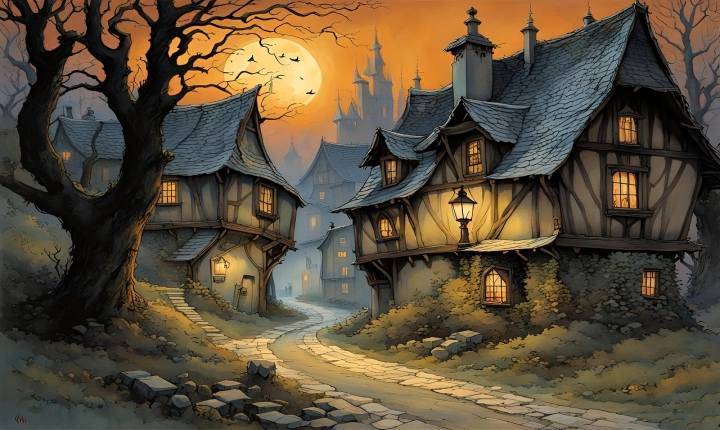AI art has rapidly gained popularity in recent years, with advancements in technology allowing for the creation of incredibly realistic and inventive digital artworks. Many artists and creators have turned to AI art as a source of inspiration and a reference for their own work. However, some may wonder whether it is ethical or appropriate to use AI art as a reference. In this article, we’ll explore the potential benefits and drawbacks of using AI art as a reference and consider the implications for the art world.
One of the main benefits of using AI art as a reference is the sheer diversity and creativity that AI can offer. AI algorithms can generate a wide range of styles, from abstract to hyper-realistic, and can be a rich source of inspiration for artists looking to explore new techniques and aesthetics. Additionally, AI art can provide artists with a fresh perspective and challenge traditional notions of creativity and authorship. By incorporating AI-generated elements into their work, artists can push the boundaries of their own creativity and explore innovative ways of expressing themselves.
Furthermore, using AI art as a reference can be a valuable learning tool for artists, particularly those who are new to digital art or seeking to expand their skill set. By studying and analyzing AI-generated artworks, artists can gain insights into different artistic processes and techniques, helping them to develop their own style and improve their technical abilities. AI art can serve as a source of education and inspiration, offering artists valuable resources for honing their craft.
However, there are also potential drawbacks and ethical considerations to using AI art as a reference. One of the key concerns is the question of originality and intellectual property. AI-generated artworks are created through complex algorithms and data sets, raising questions about who owns the rights to these works and whether they can be used as a reference without permission. Additionally, there is a risk that using AI art as a reference could lead to derivative or unoriginal work, detracting from the artistic integrity and creativity of the original artist.
Another consideration is the potential impact on the art market and the value of original, handcrafted artworks. As AI art becomes more prevalent, there is a fear that the proliferation of digital art and AI-generated content could devalue traditional artistic practices and diminish the significance of human creativity. There is a concern that using AI art as a reference could contribute to a homogenization of artistic expression, leading to a loss of diversity and individuality in the art world.
In conclusion, the use of AI art as a reference is a complex and multifaceted issue with both benefits and drawbacks. While AI art can offer a wealth of inspiration and educational opportunities for artists, there are also important ethical and creative considerations to keep in mind. As AI continues to revolutionize the art world, it is crucial for artists and creators to approach AI art with a thoughtful and conscientious mindset, respecting the originality and creativity of both AI-generated works and traditional artistic practices. Ultimately, the integration of AI art into the creative process should be approached with respect for intellectual property, ethical usage, and a commitment to preserving the integrity and diversity of the art world.
